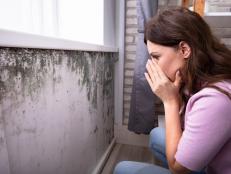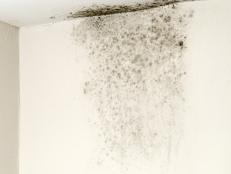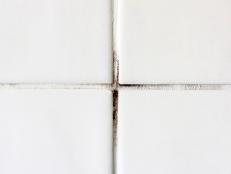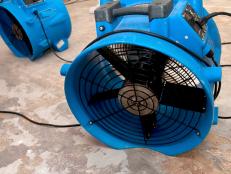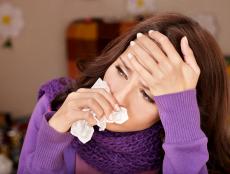Dangers of Mold: Toxic or Not?
Keep toxic mold at bay with this guide for quick cleanup and prevention.

Amy Walters, Amy Walters
You may have written off your itchy eyes, coughing and sneezing as seasonal allergies, but the truth is you may be dealing with an even bigger problem: mold.
That's right — the well-known household fungus can cause a multitude of health problems, ranging from a few sneezes to permanent lung damage. The worst part? You might not even know you have mold growing in your home. Mold can be hiding between walls, under carpets, in the corners of a ceiling and even in a dark nook of an attic.
The Biggest Threats to a Healthy Home 16 Photos
A healthy home comes under attack from several dangerous sources. Learn more about these threats to a healthy home and get healthy living tips.
The key, however, to avoiding toxic mold is to put a stop to it before it has the chance to become a large, harmful infestation. If you suspect mold may be somewhere in your home, then begin to search for it by locating spots where moisture buildup is common. Mold can also tend to have a musty smell, so be on the lookout for that as well.
If you do discover mold, then begin to treat it accordingly. Small mold or mildew infestations can be treated with a scrub brush and store-bought cleaner; a large infestation will require a tougher cleaner, as well as the removal of damaged surfaces, such as fabric or carpet.
Avoid mold issues by placing a dehumidifier in areas that are commonly damp, clean ceiling fans, and be sure to repair any spaces that are prone to water leakage or moisture. The good news is that most cases of toxic mold are preventable with adequate treatment and diligent upkeep.
See also: How to Keep Your Home Healthy







